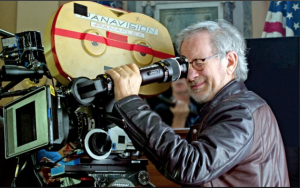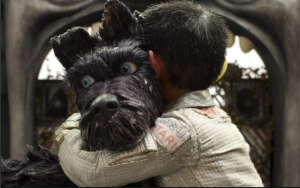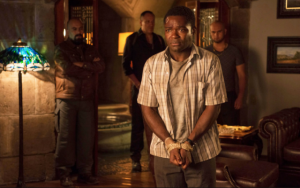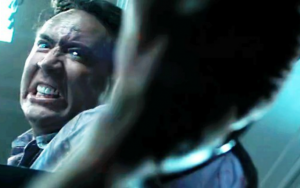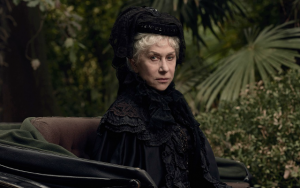Easter paints the silver screen In Focus by Richard Crouse METRO CANADA
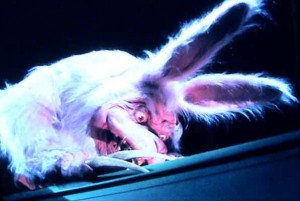 There are as many different kinds of Easter movies as there are colours on the most psychedelic Ukrainian Easter egg. From kid-friendly romps like Hop, this weekend’s comedy about an errant Easter Bunny, to the rock opera Jesus Christ Superstar to all-singing-all-dancing spectaculars like Easter Parade to sword-and-sandal epics like Ben Hur and solemn retellings of the biblical Easter story like The Greatest Story Ever Told.
There are as many different kinds of Easter movies as there are colours on the most psychedelic Ukrainian Easter egg. From kid-friendly romps like Hop, this weekend’s comedy about an errant Easter Bunny, to the rock opera Jesus Christ Superstar to all-singing-all-dancing spectaculars like Easter Parade to sword-and-sandal epics like Ben Hur and solemn retellings of the biblical Easter story like The Greatest Story Ever Told.
Then there are horror films like Easter Bunny, Kill Kill and the terrifying Easter Bunny from Bill & Ted’s Bogus Journey… so many diverse takes on Easter, but since there’s no way to watch all these movies on Easter weekend, let’s hippity-hop through a list of the bunny’s greatest hits.
Controversial in its time—fundamentalist Bob Jones III denounced it as “blasphemy” without actually watching the film—Jesus of Nazareth, director Franco Zeffirelli’s epic 1977 mini-series, is now considered a classic. Clocking in at a whopping 382 minutes, it’s a reverent look at Jesus’s life from his birth to resurrection starring heavyweights like Laurence Olivier, Anthony Quinn, Anne Bancroft and Christopher Plummer.
From the sacred to the sublime, It’s the Easter Beagle, Charlie Brown continues Charles Schultz’s tradition of providing a story for every holiday, both secular and spiritual. The twelfth Peanuts cartoon special sees Linus try to hype up the arrival of the Easter Beagle but only Sally believes him. The rest of the gang is still unsure in light of Linus’s Great Pumpkin Halloween fiasco. This special, now available on DVD, features one of the only times Snoopy ever spoke on screen. He shouts “Hey!” before dancing with bunnies in a fantasy sequence.
Fred Astaire, the legendary song-and-dance-man was no stranger to holiday entertainment. His Christmas special, Santa Claus Is Comin’ to Town, is a Yuletide favorite but he also appeared in no less than three Easter-themed movies and TV shows. Astaire’s movie, Holiday Inn, the 1942 story of a singer who turns his farm house into a dinner theatre on the holidays, is best known for introducing Bing Crosby’s White Christmas, but also produced the tune Easter Parade, which, six years later turned up in the hoofer’s film of the same name.
Finally, years later he played the narrator in the Rankin/Bass stop-motion animated The Easter Bunny’s Coming to Town. Set in Kidville, the most child-friendly place on earth, it is the story of how the Easter Bunny came to be.

